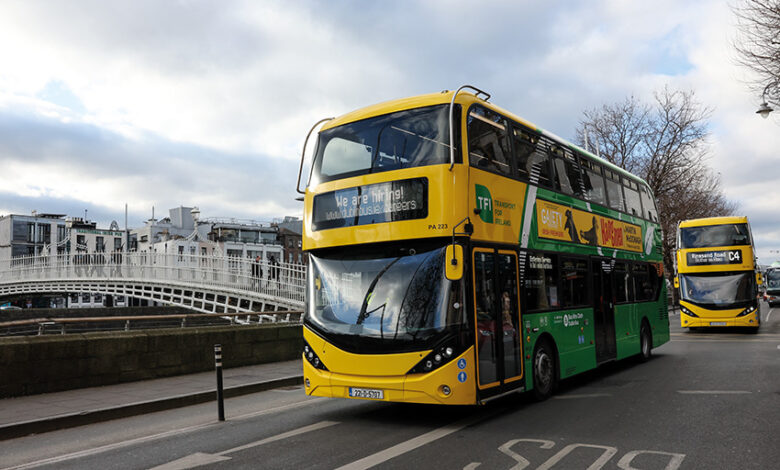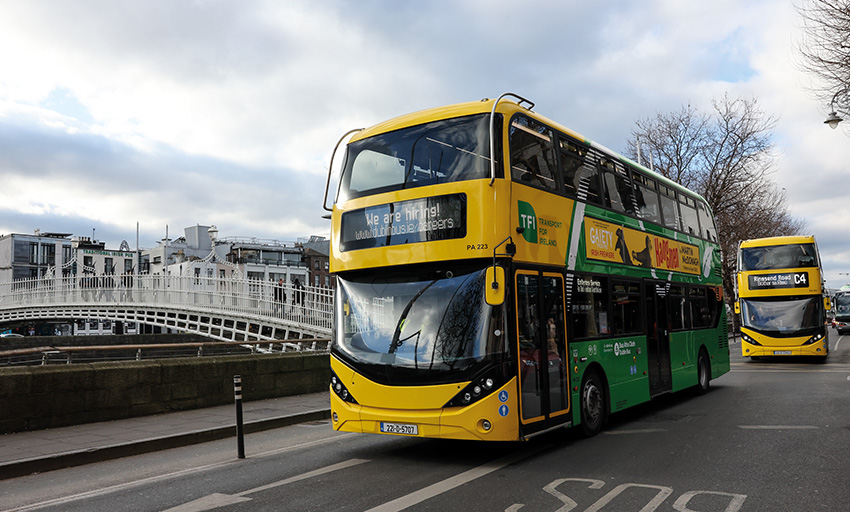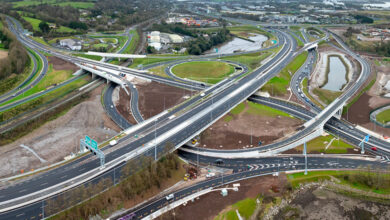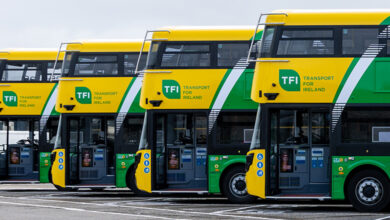Keeping Dublin moving

Dublin, a now thriving capital, has undergone a remarkable evolution to become the epicentre of Ireland’s economic, cultural, and social advancements, writes Sorin Costica, Head of Operations at Dublin Bus.
As our city has grown, so has the volume of traffic on our roads. Each day, more and more people flock to our city to live, work, and socialise. With more cars, buses, cyclists, and pedestrians than ever before competing for limited space, Dublin has earned the unwelcome title of the second-worst city for traffic congestion in Europe. The message is clear, we need a more liveable and sustainable future for our city, and public transport is the solution.
As Dublin continues to grow, we need to embrace a system that allows the free movement of people across the city at an affordable price, but we will only persuade people to leave their cars at home and embrace public transport when we can assure them their bus will arrive at their stop and destination on time. When streets become gridlocked, ripples can be seen across the network, which can cause delays, disrupt schedules, and leave customers frustrated by unpredictable travel times. As a result, people can be hesitant to depend on public transport to get them to work, school, appointments, and events on time. At Dublin Bus, we have always taken pride in helping to keep the city moving, but as traffic levels reach new heights, we need more space on our roads to continue delivering a safe, reliable, and efficient service to our customers.
The reallocation of road space to on-road public transport has become a topic of discussion for policymakers and planners in major cities worldwide. As the Head of Operations for Dublin Bus, I strongly advocate for the need for more bus gates and corridors as they improve the efficiency and reliability of our service, helping our buses to move more freely around the city. However, as someone who lives and works in Dublin, I also recognise the far-reaching benefits which would enhance the overall quality of life in our city. By creating car-free zones, we can improve the air quality, reduce noise pollution, and make our city a safer place for pedestrians and cyclists. These positive knock-on effects would improve the rhythm of Dublin’s daily life and make our city a better place for both residents and visitors alike.

Nevertheless, a city-wide transformation would take time, and we need solutions now to alleviate congestion. So, while we await additional road space, we must concentrate on protecting our current space. In essence, we need to enforce bus lane compliance. When faced with an endless line of brake lights ahead, a quick journey up the seemingly free-flowing bus lane can seem harmless. As someone who witnesses and manages the operational chaos which can be caused by blocked bus lanes, I can assure you that this only adds to commuter frustrations. When bus lanes become congested, the very buses tasked with efficiently transporting dozens of people across the city inevitably become entangled in the same gridlock as other single-occupancy vehicles. Fortunately, solutions do exist. We need to raise public awareness of the cascading effects of non-compliance, but we also need stricter enforcement. Dublin can learn from the success of cities like Belfast, London, and New York by adopting photo or video enforcement technology to protect our bus lanes. Introducing a credible risk of fines would encourage drivers to respect the bus lanes, promote the smooth flow of traffic, and ultimately help keep our city moving.
“As the Head of Operations for Dublin Bus, I strongly advocate for the need for more bus gates and corridors as they improve the efficiency and reliability of our service, helping our buses to move more freely around the city.”
How to keep Dublin moving into the future will be our next challenge. Public transport will remain a fundamental component, but we must also consider how we can meet the demands of our dynamic and expanding city. As Dublin emerges as one of the fastest-growing cities in the EU, a broader perspective is required. We must look beyond traditional modes of transport and embrace emerging technologies and innovative ideas. Ridesharing, autonomous vehicles, and micro-mobility solutions, are only some of the avenues we could explore to create a more integrated and sustainable transport network. We could also continue to invest in multi-modal transport solutions, integrating various transport services – such as buses, light rail, rail, cycling, walking, and e-scooters to further enhance connectivity. By adopting these approaches, we can cater to the evolving needs of our city and ensure Dublin remains in motion,
seamlessly connecting people and places.
Dublin’s future relies on creating a city where people can move freely and reliably. Empowering commuters to reduce their carbon footprint and enhance their quality of life is crucial. By working together, we can ensure Dublin continues to thrive for decades to come.

W: www.dublinbus.ie





